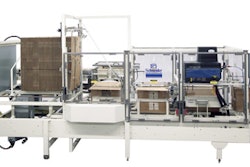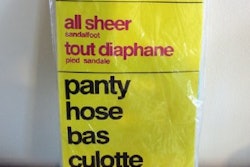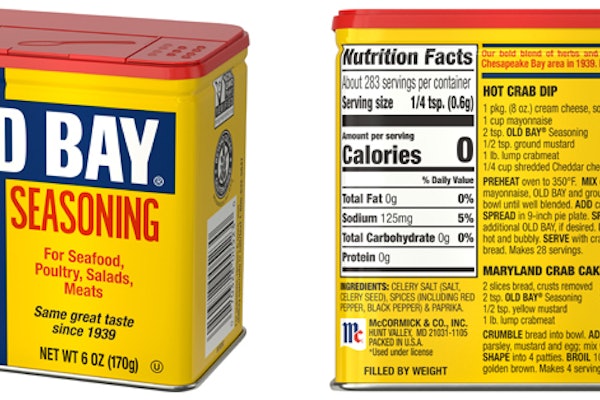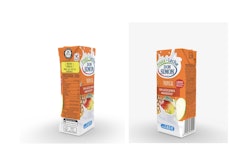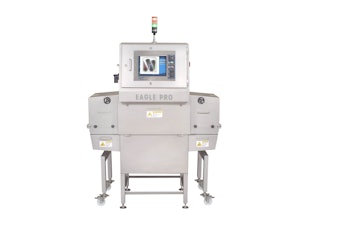If you’re looking for solid ideas on how to meaningfully incorporate sustainability measures into packaging that supports your brand, Kraft Foods is one consumer packaged goods company following a model that may be one to emulate for eco-friendly packaging with consumer benefits. The company outlines its approach and some of the results in a posting on its Web site.
Kraft has eliminated 150 million pounds of packaging from its supply chain and beat its packaging-reduction goal by two years. The company-wide effort has not only significantly lightened Kraft’s carbon footprint but also led to the development of new packages in which more efficient design leads to convenience and reductions in pantry shelf space requirements for consumers.
Jean Spence, Kraft’s executive vice president, research, development, and quality, lists some of the benefits of this approach:
• In the U.S., a smaller Oscar Mayer Deli Creations carton uses 30% less paperboard, and the more-convenient package size requires less shelf space.
• In Australia, a patented design for Kraft Salad Dressing bottles provides the brand with visual differentiation and also eliminates more than 100,000 lbs of plastic per year.
• In North America, Kraft Foods changed several coffee brands changed from steel cans to composite paperboard cartons. The new packages provide a different look in the category and they weigh 30% less than the old ones and also cut out 8.5 million lbs. of packaging.
How does this happen? Kraft takes a holistic approach to design that begins at the earliest stages of package creation. The company uses a proprietary process it calls the Packaging Eco-Calculator™, which considers both design benefits and packaging end of life.



